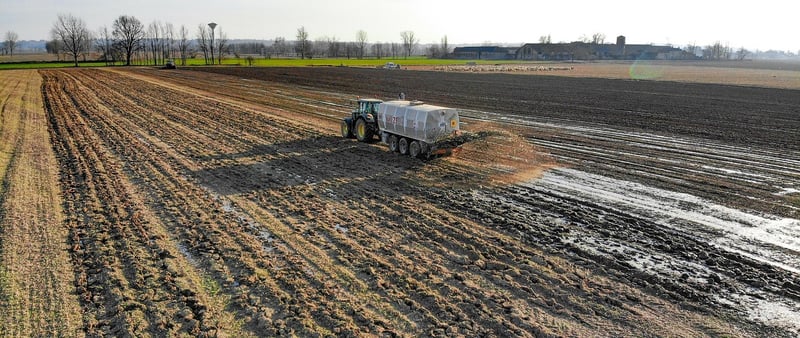Fertilizing Methods
Keeping Your Garden Healthy: Fertilizing Methods
Having a healthy garden is essential for beautiful blooms and bountiful harvests. One key aspect of maintaining a thriving garden is proper fertilization. By providing your plants with the essential nutrients they need, you can promote healthy growth and vibrant colors. In this article, we will explore different fertilizing methods to help you keep your garden in top shape.
1. Organic Fertilizers
Organic fertilizers are derived from natural sources such as compost, manure, and bone meal. They provide a slow release of nutrients, improving soil structure and promoting beneficial microbial activity. Organic fertilizers are environmentally friendly and sustainable, making them a popular choice for many gardeners.

2. Synthetic Fertilizers
Synthetic fertilizers are manufactured chemically and provide a quick release of nutrients to plants. They are potent and can show rapid results in plant growth. However, overuse of synthetic fertilizers can lead to nutrient imbalances and harm beneficial soil organisms.

3. Slow-Release Fertilizers
Slow-release fertilizers are formulated to gradually release nutrients over an extended period. This type of fertilizer reduces the risk of nutrient leaching and minimizes the need for frequent applications. Slow-release fertilizers are convenient for busy gardeners and provide a steady nutrient supply to plants.

4. Liquid Fertilizers
Liquid fertilizers are diluted in water and applied directly to the soil or foliage of plants. They are quickly absorbed by the roots, providing an immediate nutrient boost to plants. Liquid fertilizers are convenient for foliar feeding and can help address specific nutrient deficiencies in plants.

5. Foliar Feeding
Foliar feeding involves applying liquid fertilizers directly to the leaves of plants. This method allows for rapid nutrient absorption through the stomata, bypassing the root system. Foliar feeding is useful for correcting nutrient deficiencies and promoting quick growth responses in plants.

By choosing the right fertilizing method for your garden and plants, you can ensure they receive the necessary nutrients for optimal growth and health. Remember to follow the recommended application rates and schedules to prevent over-fertilization and minimize environmental impact.
Happy gardening!
